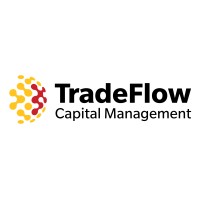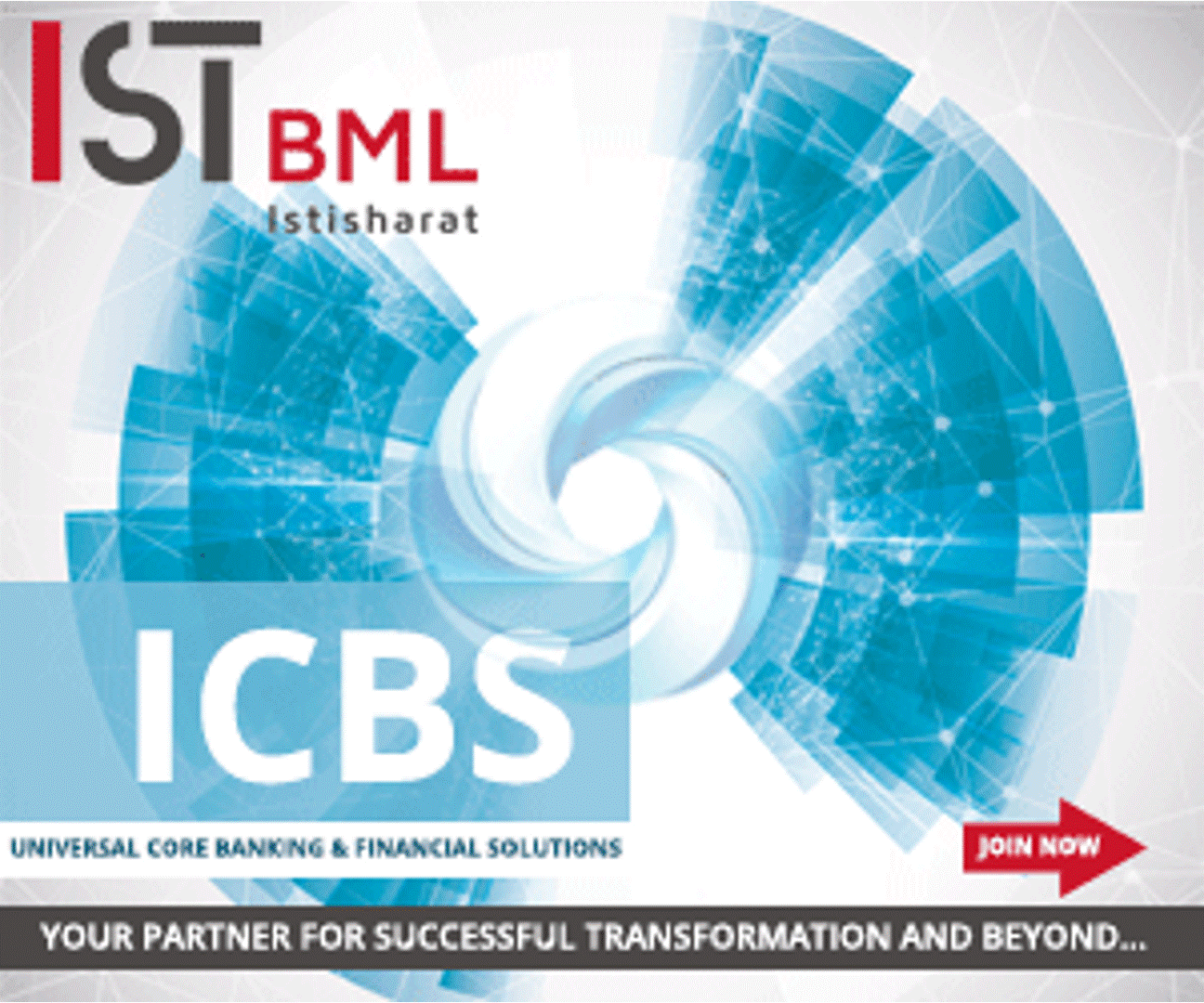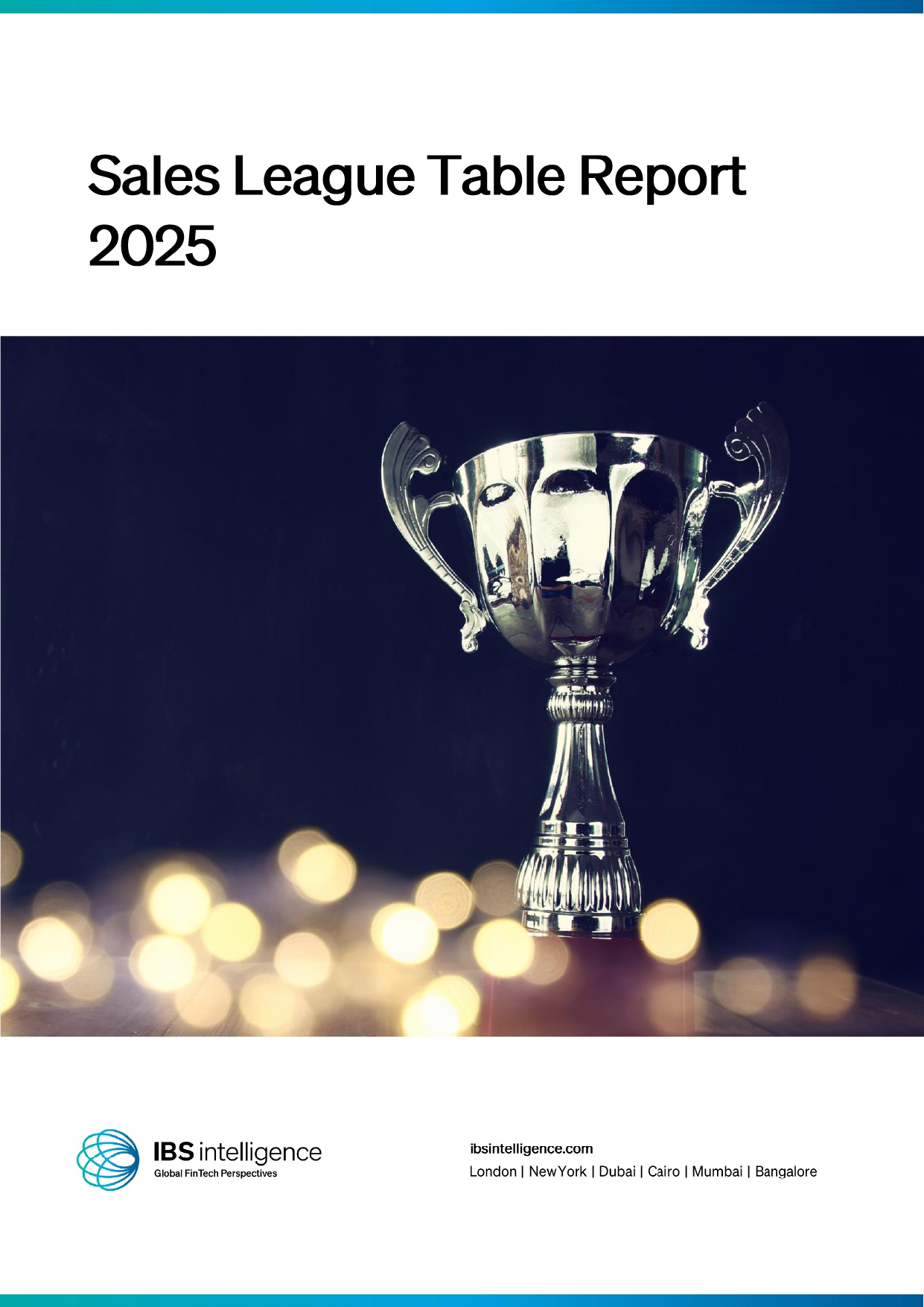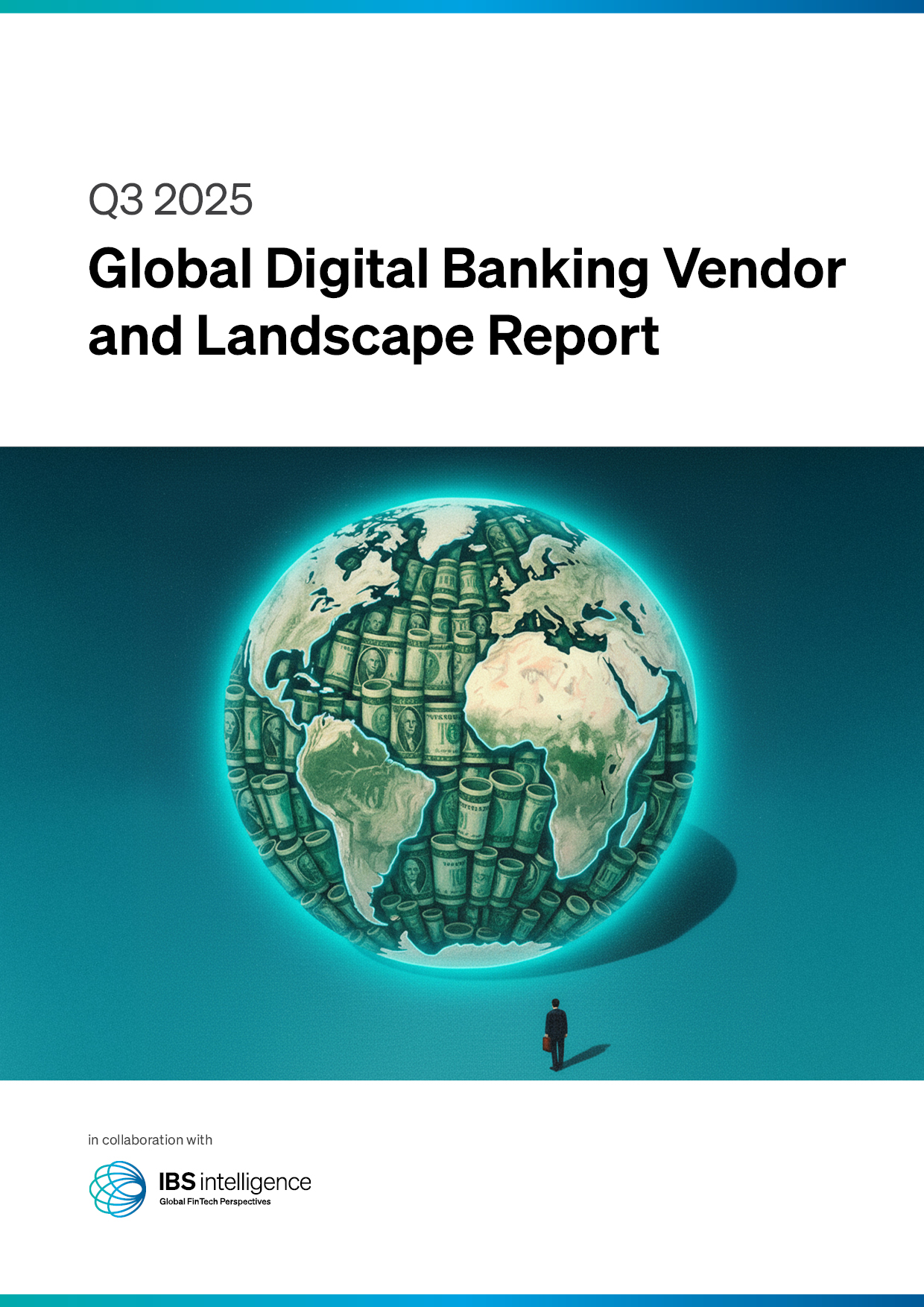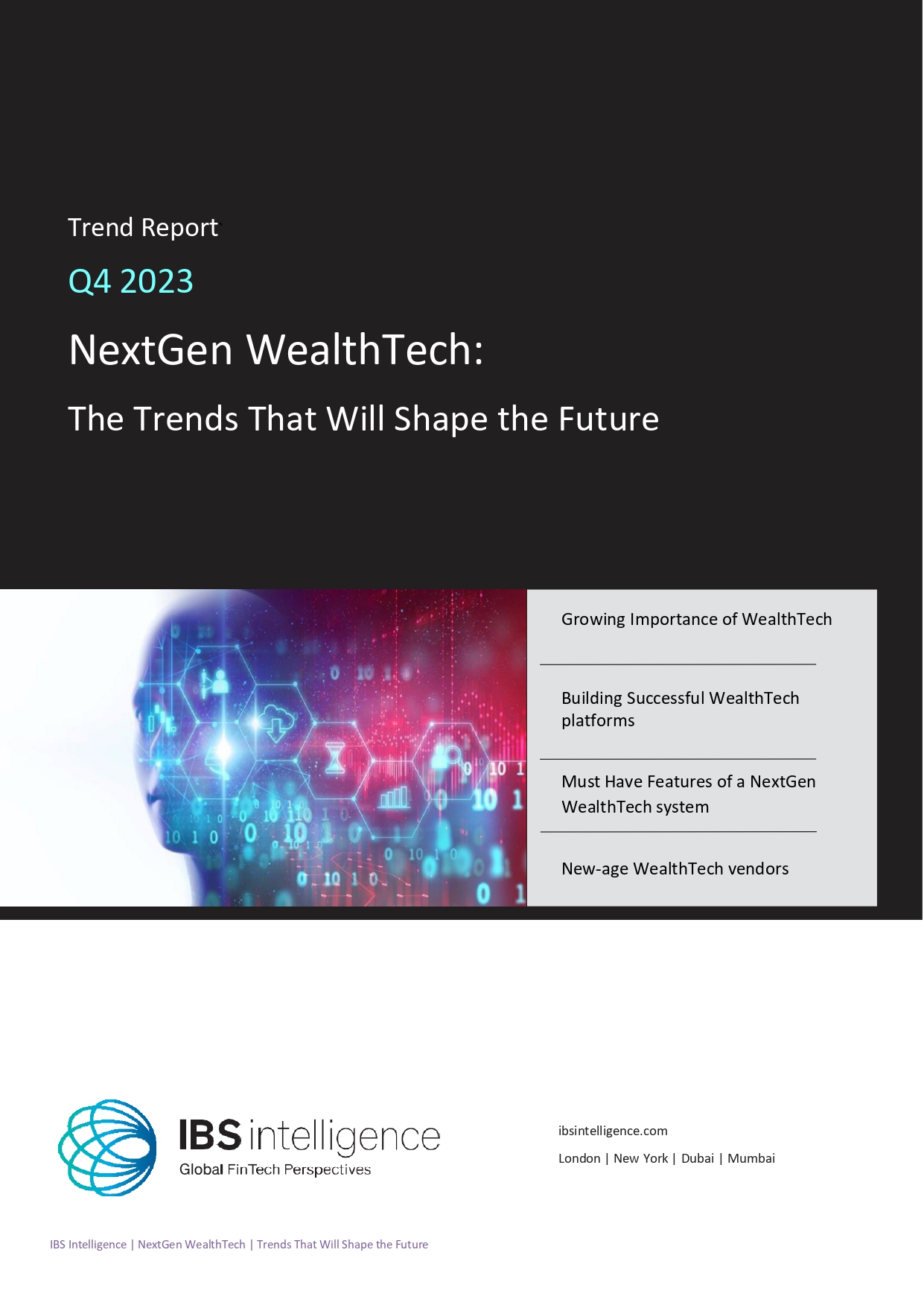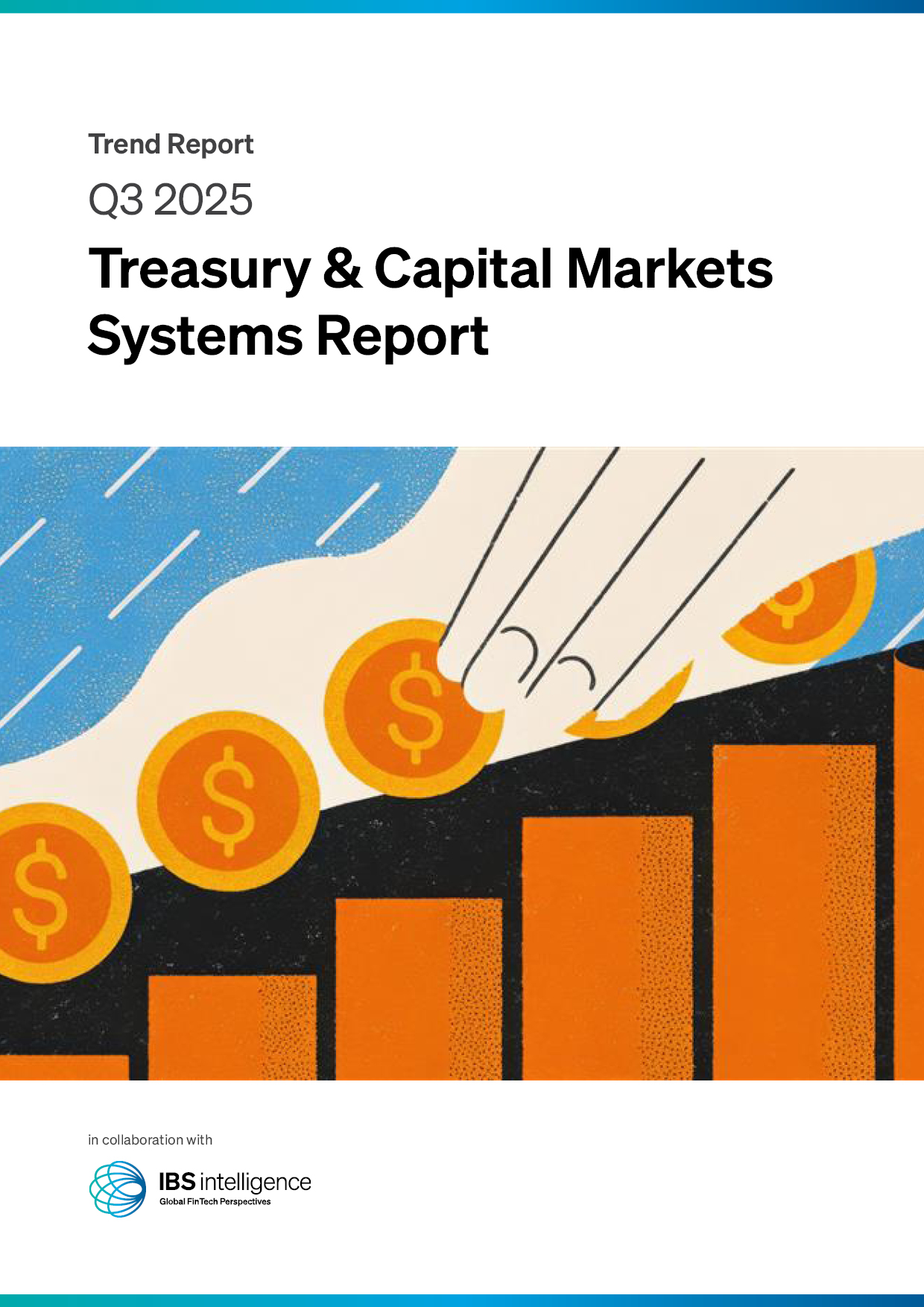 Back
Back
TradeFlow reduces risk in SME trade finance using FinTech
By Leandra Monteiro
Recognising the challenge of large firms collapse, TradeFlow uses a FinTech-powered trade system that is non-lending, non-credit based and reduces fraud risk with more control over the logistics and testing of commodities transacted as a neutral principal. Futher, IOT tracking devices and the use of drones are used to minimise the risks of unauthorised cargo container swapping and unauthorised commodities access.
SMEs, by their nature, do not have deep reserve pools of collateral that they can pledge against the loans they have traditionally taken to give them the liquidity they need. In the aftermath of financial shocks, it is mostly SMEs that suffer excessively as banks and other lenders carry out portfolio rebalancing exercises. The business model of firms that rely heavily on credit risk insurance against defaults is one that is particularly vulnerable.
Termed the “Digital Transaction and Risk Transformation Engine (DTRTE)”, TradeFlow’s system enables global physical commodity trade for SMEs, with the DTRTE architecture providing the added advantage of superior risk-adjusted returns and capital preservation for investors. The system is also highly complementary to traditional trade finance lending institutions like Banks. TradeFlow does not lend money.
Tom James, CEO of TradeFlow affirms, “TradeFlow strives to innovate and bring digitised solutions to the international trading community that adds value in operational and capital efficiency, transforming risk to enable trade.” John Collis, CRO of TradeFlow adds, “TradeFlow’s mission is to enable SME trade worldwide. When a financial earthquake hits there may be many casualties, but those numbers are dwarfed by the follow-on losses caused by the problems of getting adequate and timely relief and aid to the needy. Financial earthquakes remind us of the value of the system we have created.”
Bigger economic hardships brought about by higher-risk systems of trade can be prevented through advanced FinTech. The world’s growing trade finance gap needs to be filled, stably and sustainably, and TradeFlow’s trade solutions can help achieve that to support the everyday flow of goods and money getting to the right places at the right times.
IBSi FinTech Journal
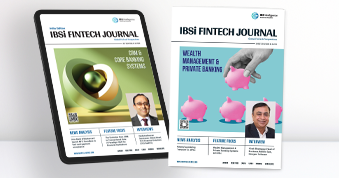
- Most trusted FinTech journal since 1991
- Digital monthly issue
- 60+ pages of research, analysis, interviews, opinions, and rankings
- Global coverage
Other Related News
October 22, 2025

